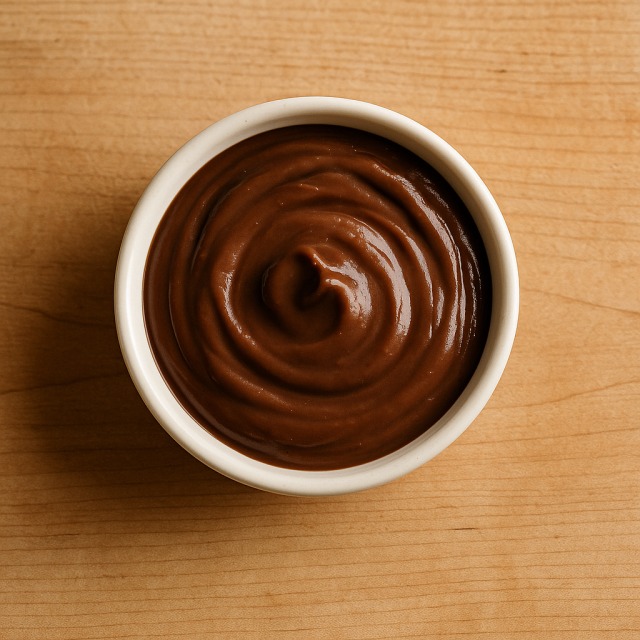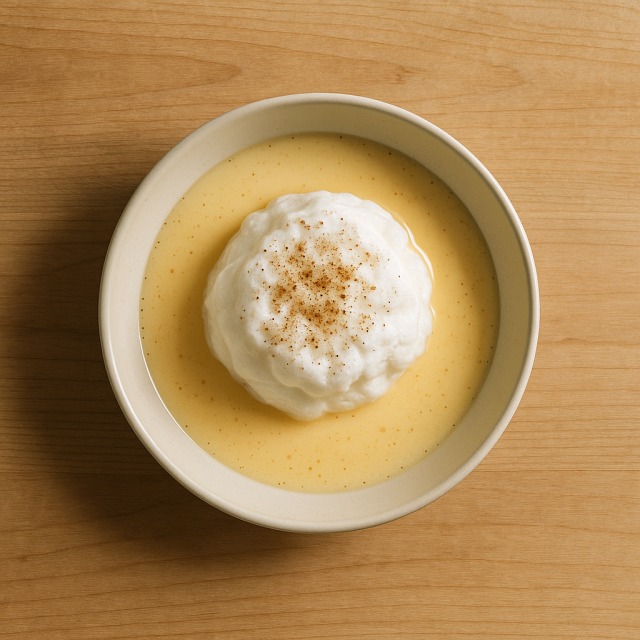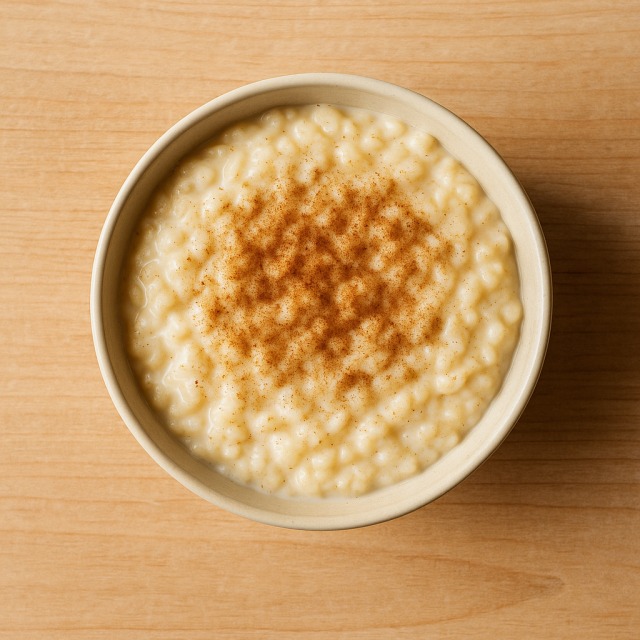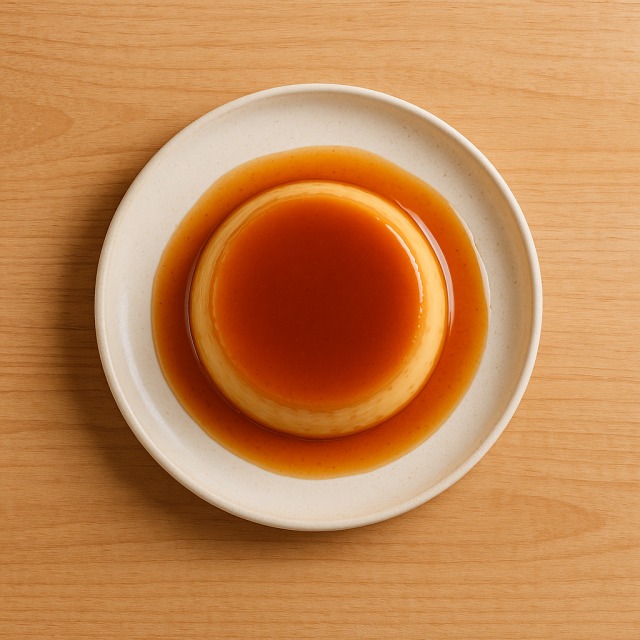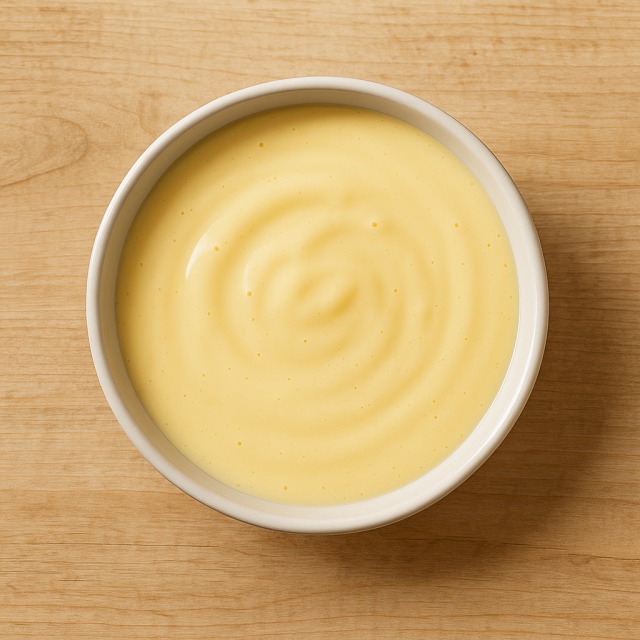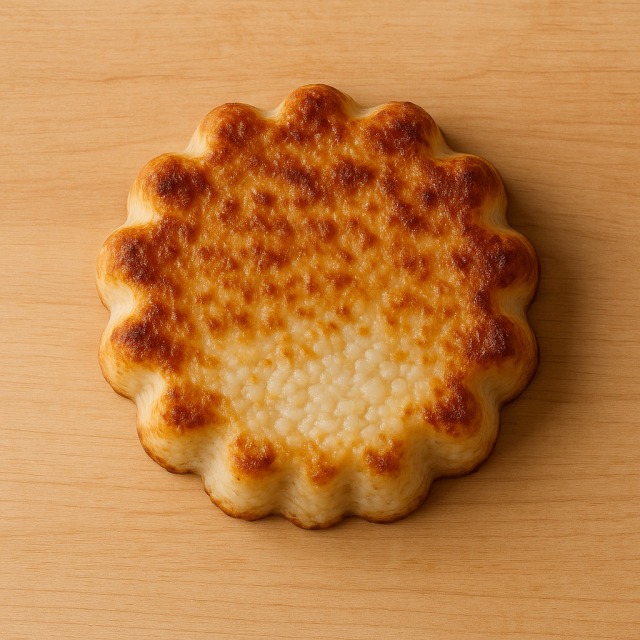Calorie Chart / Desserts / Crème brûlée
How Many Calories Are in Crème brûlée?
Calculation of the nutritional value & Recommended Dietary Intake of crème brûlée
For g and a calorie requirement of kcal
| Calories 421 kcal | Proteins 4.4 g | Lipids 36 g | Carbohydrates 19 g |
| 21% | 6% | 54% | 7% |
Health benefits of crème brûlée
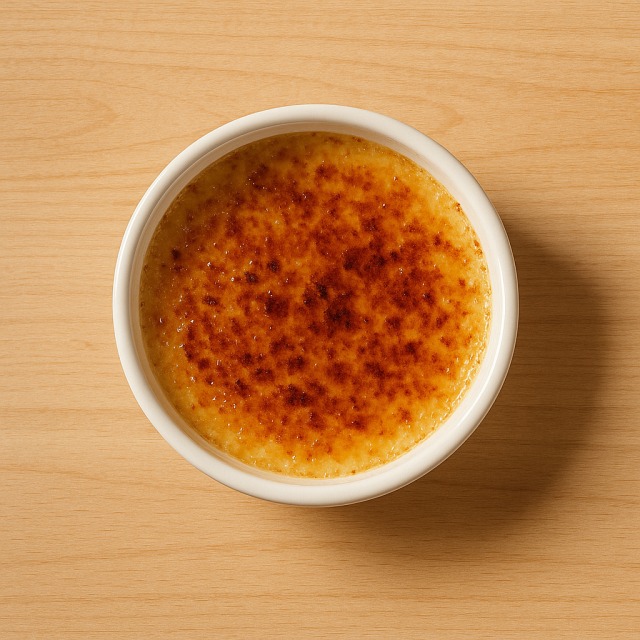
Crème brûlée - 100g
Calories 337 kcal
Proteins 3.5 g
Lipids 29 g
Carbohydrates 15.5 g
Crème brûlée is a traditional French custard topped with a thin layer of caramelised sugar. Made mainly from cream, egg yolks, and sugar, it is considered a high-calorie dessert because of its significant fat and sugar content. Nevertheless, it offers some interesting nutrients.
The egg yolks supply vitamin A, vitamin D, and several B vitamins such as B2, while the cream brings calcium and phosphorus that contribute to bone health. There is also a modest presence of selenium and choline, two micronutrients involved in antioxidant defenses and cognitive functions. Some pastry chefs claim a supposed mood-boosting effect thanks to the combination of creamy texture and caramel aroma, although this remains anecdotal.
Historically, the first written recipe appears in a 17th-century cookbook from the court of Versailles. The dessert later became famous in Cambridge under the name "Trinity cream" when the college crest was burnt into the sugar crust with a hot iron. Its characteristic crackling top is now an iconic sensory marker for French gastronomy.
Tips for incorporating crème brûlée into a balanced diet
Because crème brûlée is dense in calories, portion control is the first lever: serve it in espresso-size ramekins rather than large bowls. Adding a side of fresh fruit such as raspberries or blueberries provides fibre and antioxidants that slow the assimilation of sugars.
For a lighter homemade version, replace part of the cream with semi-skimmed milk or even a spoonful of fromage blanc 0%. You keep the silkiness while cutting calories and saturated fat.
- After a lean main dish like grilled salmon with steamed broccoli, a small crème brûlée can round off the meal without exceeding the daily calorie target.
- Infuse the custard with citrus zest and serve it alongside a segment of fresh orange to bring acidity that balances the sweetness.
- For a festive menu, pair espresso-flavoured crème brûlée with a mini square of 70% dark chocolate; the bitterness contrasts nicely and keeps calories in check compared with larger pastries.
Whatever the recipe, let the custard rest overnight: a colder base requires less surface sugar to achieve the famous crack, which again limits extra calories.
Frequently Asked Questions
- How many calories are in crème brûlée?
- There are 337 kcal per 100 g.
- Is crème brûlée high in fat?
- Yes. About 70% of its calories come from lipids, mainly saturated fat delivered by the cream and egg yolk.
- Can crème brûlée fit into a weight-loss diet?
- It can, provided the portion is small and balanced by lower-calorie meals rich in vegetables and lean proteins throughout the day.
- How does crème brûlée compare with crème caramel in calories?
- Standard crème caramel is usually steamed and made with milk rather than cream, so it generally provides fewer calories per 100 g than crème brûlée.
- How can I reduce calories when making crème brûlée at home?
- Use half cream, half semi-skimmed milk, cut the sugar in the custard by 20%, and sprinkle just enough sugar on top to form a thin crust when caramelised.
Similar foods
Information provided by Calorie Menu may contain inaccuracies or errors. It cannot, under any circumstances, substitute medical advice or medication.
